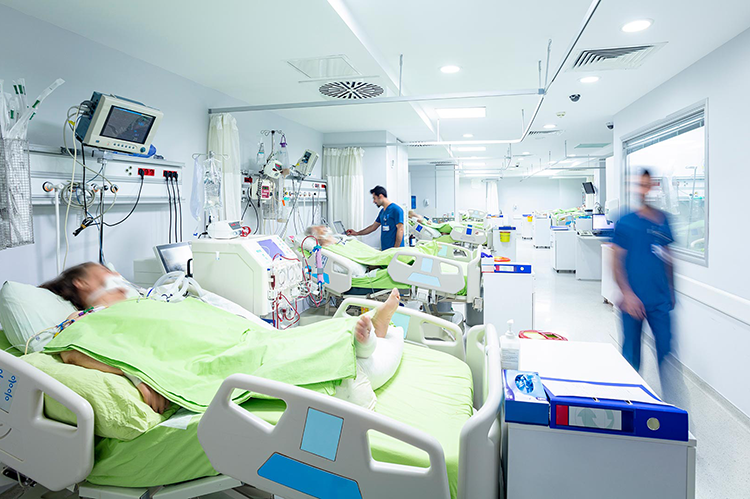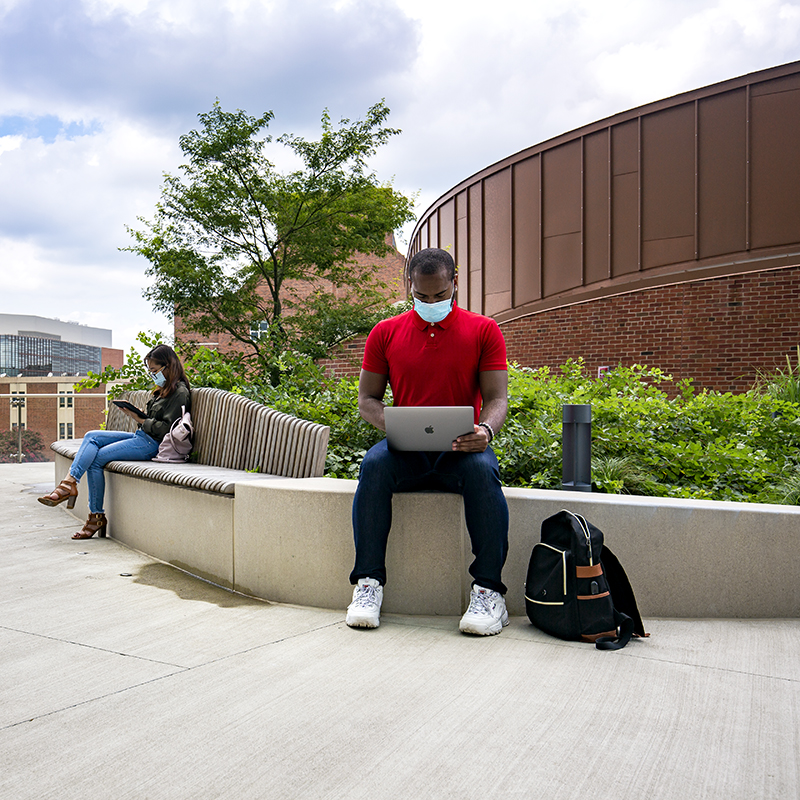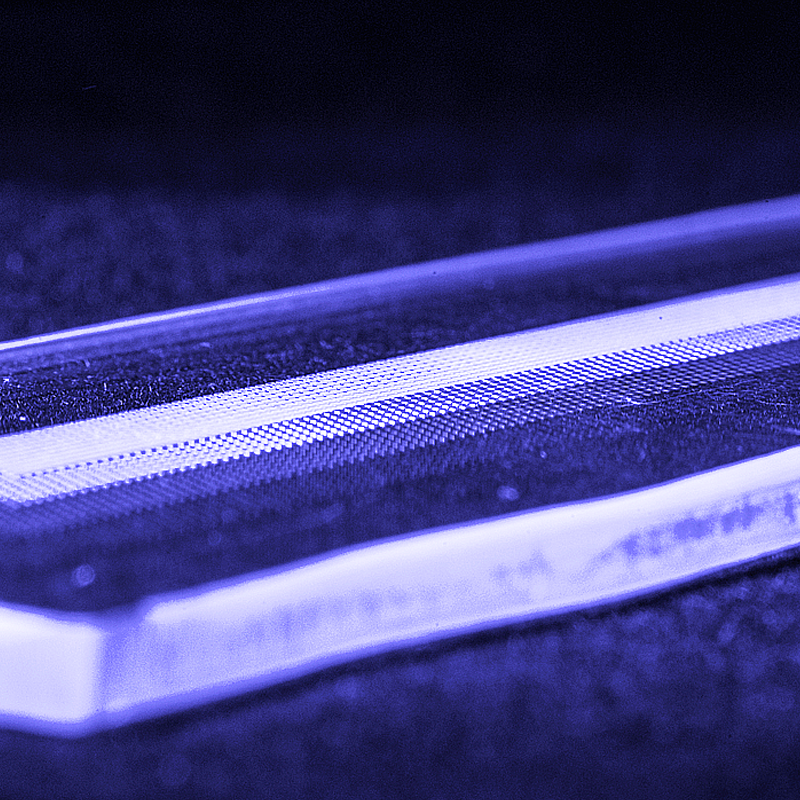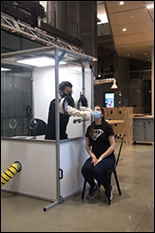News Story
Clark School Engineers 3D Print Protective Face Shields
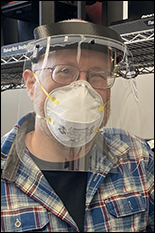
A. James Clark School of Engineering researchers and additive manufacturing experts are working to 3D print face shields that could provide additional protection for health care workers faced with personal protection equipment (PPE) supply gaps. As PPE shortages continue to worsen in many areas across the country, the demand for face shields and alternative protective equipment continues to rise.
Face shields have the potential to benefit health care workers in two key ways. For those who have access to at least a limited supply of N95 masks, face shields may play an important role in extending the lifespan of the N95 mask by limiting how many – and how quickly – virus and non-virus particles reach the mask.
In general, as an individual wears an N95 mask for an extended period of time, more and more particles get caught in the filter of the mask, making it increasingly difficult for the wearer to breathe. In addition, virus particles caught in the outside of the mask can pose a risk, particularly when the wearer removes or adjusts their mask. While health care workers await deliveries of N95s or comparable alternatives, the goal is to use face shields to slow the rate at which a mask degrades, and thus, increase the lifespan of the mask.
Along with the potential to improve the longevity of the N95 mask, the hope is that face shields could up the effectiveness of other types of masks as well. Surgical-grade masks and simple cloth masks – such as the DIY-style masks that have grown increasingly popular among the general public – do not offer the same degree of protection from virus particles as N95s, and are therefore, not recommended for those on the front lines fighting the disease. But, as hospitals and clinicians’ offices grapple with critical N95 supply shortages, many health care workers are faced with no other choice than to use alternative masks. In these cases, face shields can add a necessary layer of protection without impeding the wearer’s ability to breathe.
In all instances, the shields could also provide critical protection for the eyes – another potential entryway for the virus. Because the shield covers a wearer’s entire face, it has the potential to provide greater protection for the eyes than standard goggles or glasses.
Recognizing the need for immediate action, a team of UMD faculty and staff have tapped into on-campus 3D printing resources to supply area hospitals with face shields. The group – led by Nathanael Carriere, Andrew Gregory, and David Kriesberg of Terrapin Works – is working with a shield design issued by PrusaPrinters and modified by the National Institutes of Health. The design files, instructions, and lists of needed materials are available on the NIH website to allow anyone with the appropriate 3D printing capabilities and expertise to aid in the supply effort.
Using the NIH-recommended blueprints, the UMD team solicited feedback from area hospital workers to modify the design to allow for the shields to be reused, and to maximize comfort for the wearer.
The UMD team is printing up to 100 face shields each day to aid area health care workers, including those at MedStar Washington Hospital Center. Maryland Robotics Center Director Derek Paley (Aerospace Engineering/Institute for Systems Research) and Department of Aerospace Engineering Assistant Professor Huan Xu (Maryland Robotics Center/Institute for Systems Research) were instrumental in connecting the UMD team with members of the health care community who provided valuable feedback on changes they needed made to the shield’s design. Department of Mechanical Engineering undergraduate Nathan Young has also played a critical role on the project; he has laser cut many of the shield parts, all while working remotely.
Learn more about how Clark School researchers are working to address the COVID-19 crisis by visiting the college's COVID-19 response website.
Published April 8, 2020


